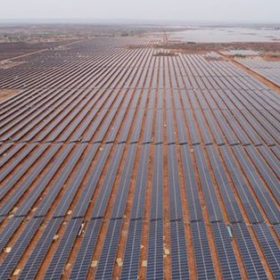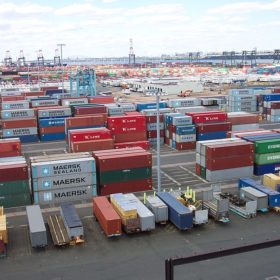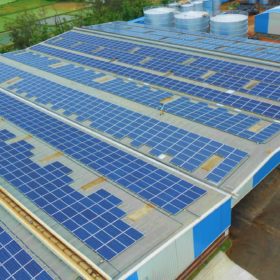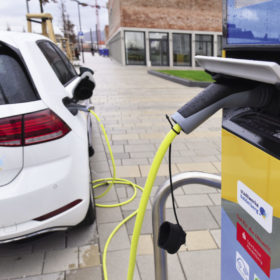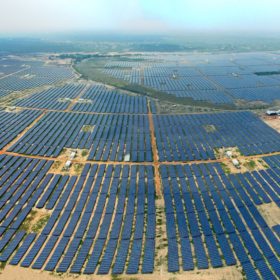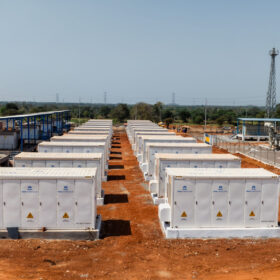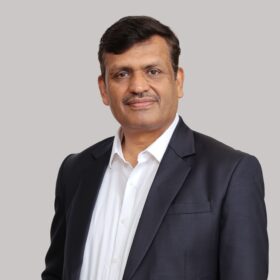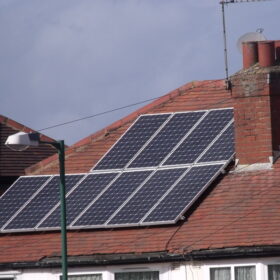Himachal Pradesh signs MoUs worth Rs1000 crore to set up solar plants
Projects with a total capacity of 250 MW—by Renew Energy and CSE Development—will be set up over land identified in Una and Kangra districts of the state.
NHPC tenders 2 GW grid-connected solar projects across India
The projects—to be set up on ‘build-own-operate’ basis—will be awarded through bidding followed by reverse auction with tariff ceiling fixed at Rs2.95/kWh for 25 years. Bidding closes on September 25.
Chinese panel maker ready to exploit module tariff reduction
Solargiga highlighted the fact safeguarding duty has recently been reduced in India when considering solar opportunities around the world as part of its first-half update to the Hong Kong stock exchange.
Chinese company Ganfeng Lithium prepares solid-state battery test line
The energy storage company is ramping up R&D efforts to try and fast-track commercialization of the more productive – and more expensive – battery tech. The news was announced as part of an uninspiring first-half update thanks to falling lithium salt prices.
Uttar Pradesh tenders 16 MW of ‘Capex mode’ rooftop solar
Uttar Pradesh New and Renewable Energy Development Agency (UPNEDA) has invited bids for the setting up of about 16 MW of ‘Capex mode’ grid-connected rooftop solar power plants on government buildings in the state. Bidding closes on September 23.
Rajasthan eyes 50 GW of solar within six years
The state plans to achieve half the amount by 2021-22 under its new draft solar policy. The package also suggests establishing a research hub, privately financed solar parks and encouraging commercial self-consumption of clean energy.
Tata Chemicals launches Li-ion battery recycling operations
Pilot-scale operations at a facility near Mumbai successfully recycled the spent Li-ion batteries. The company seeks to eventually scale up the capacity to recycle 500 tonnes of spent Li-ion batteries.
BHEL launches 5 solar EV charging stations on Delhi-Chandigarh Highway
The charging stations—located at the resorts of Haryana Tourism Corporation Ltd at Ambala, Kurukshetra, Karnal, Panipat and Samalkha (Sonepat)—are equipped with a rooftop solar power plant each to supply green energy for electric vehicle chargers.
The long read: Production ambitions
While China hosts the lion’s share of production capacity for solar modules, many other parts of the world harbor the ambition to build manufacturing industries of their own. Italy’s Ecoprogetti is building production lines all over the world in 2019, and pv magazine had the chance to catch up with the family-owned company’s CEO Laura Sartore, who sees India and the Middle East as the key markets for the PV production equipment business.
Adani acquires Essel’s 205 MW solar assets for Rs1300 crore
The purchased solar portfolio is relatively young with average remaining PPA life of around 22 years.

